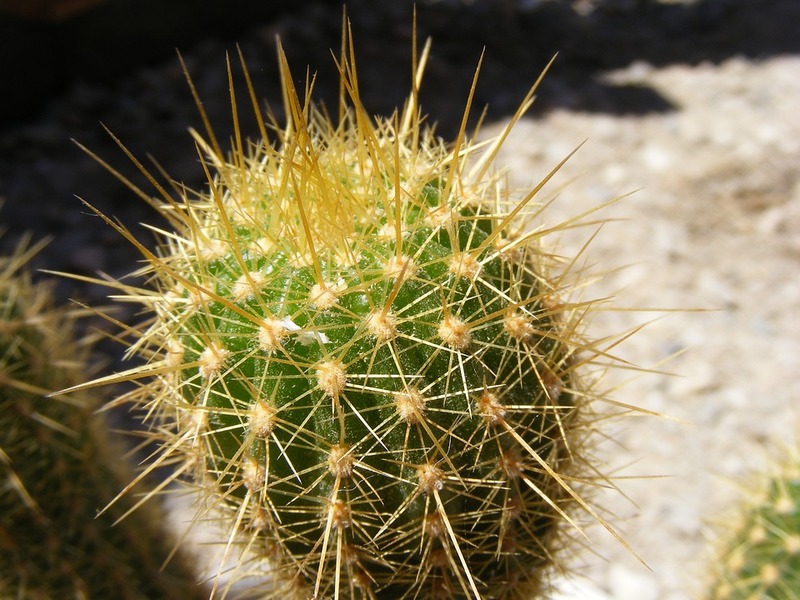7th Grade > Biology
NUTRITION IN PLANTS MCQs
:
A
Rhizobium cannot make its own food. It lives in the roots of peas, moong, beans and other legumes. It obtains its nutrients from these plants and also gets shelter. In return, they help the plant to fix atmospheric nitrogen.
:
D
Carbohydrates are made of carbon, hydrogen and oxygen atoms. These atoms are arranged together in an specific order to form carbohydrates.
:
B
Carbohydrates, proteins, fats are the major components of food. Vitamins and minerals are also essential components of food. These components are necessary for our survival and growth and they are called nutrients.
:
B
The green part shown in the above picture is the stem of the cactus plant. It is green in colour and is involved in photosynthesis. The stem is fleshy and stores water. The leaves are modified to spines to prevent water loss.
:
B
Green plants are called producers or autotrophs as they make their own food through the process of photosynthesis. Leaves prepare food through this process. So, they are called the food factories or the kitchen of the plants.
:
A
Humans and animals are directly or indirectly dependent on plants for food. Because plants can make their own food through the process of photosynthesis.
:
Rhizobium bacteria thriving in the root nodules of leguminous plants are capable of nitrogen fixation. They are able to convert atmospheric nitrogen to the form usable by plants.
:
Statement: 1 Mark
Explanation: 1 Mark
This statement is false.
Autotrophs only account for the green plants in the world. Since there are so many non-green plants in the world, it would be wrong to say that all plants are autotrophs.
Many plants like the pitcher plant and Venus flytrap are partly autotrophic and partly heterotrophic. Since they grow in nitrogen-deficient soil they trap and digest insects to meet their nitrogen requirements. Some plants alike Cuscuta are completely non-green and are parasitic in nature.
:
Differences: 1 Mark each
Examples: 1 Mark
S.No
Parasites
Saprophytes
1.
They grow on other
organisms and derive their nutrients from
them.
They obtain their
nutrition from
dead and decaying
organic matter.
2.
They take readymade
food from the host
plant.
They release digestive enzymes
into the surroundings and absorb the
digested food.
Examples
Cuscuta, orchids
Fungi, some bacteria


















